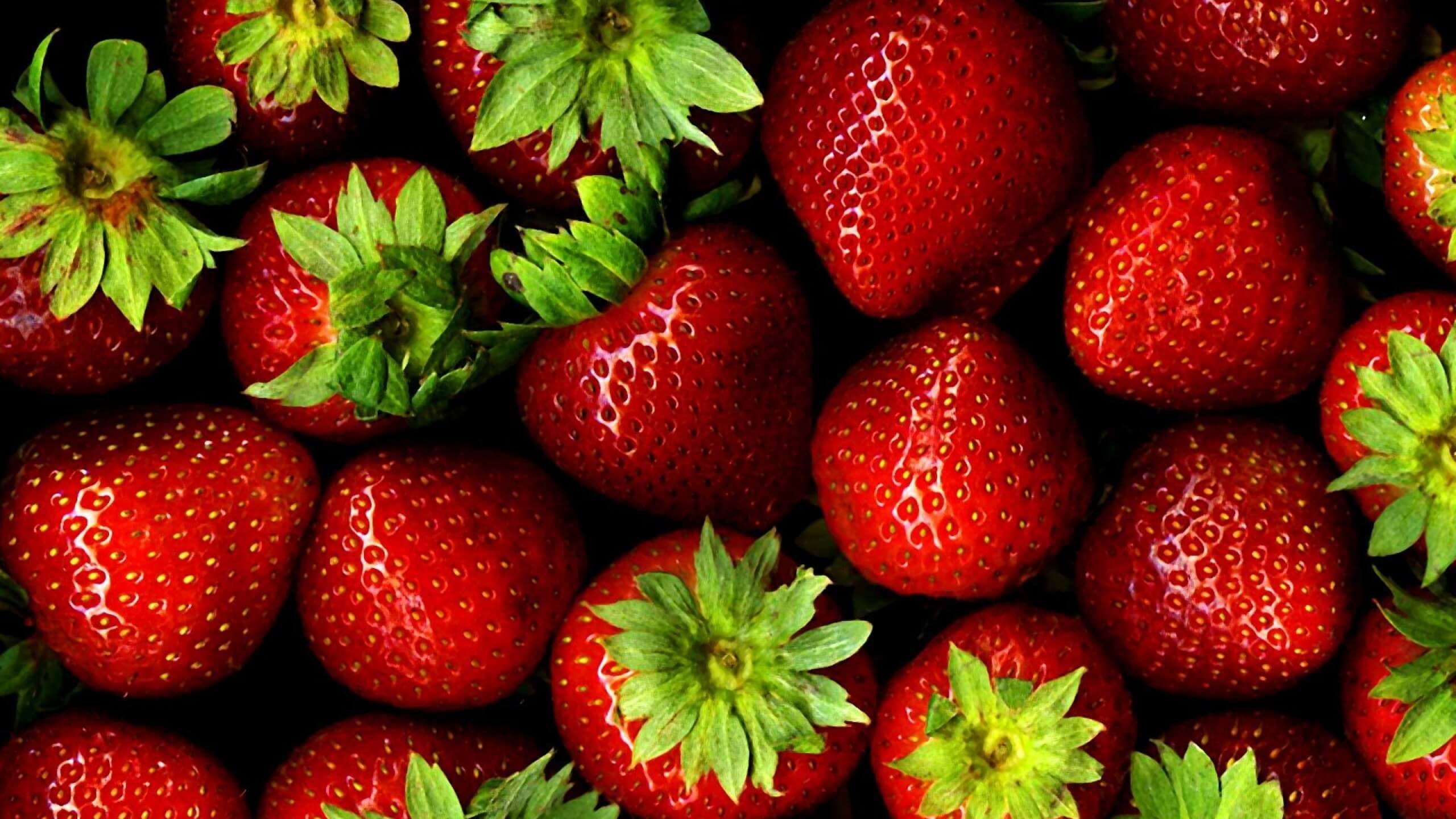There is no one variety of strawberry which possesses all the desirable characteristics. Some are superior to others only because of certain characteristics. In general, the differences in tastes between different varieties are not given as much weight as in case of some other fruits. Some of its superior varieties enjoy colour that is very attractive. Its varieties grown in Pakistan are Chandelier, Corona and Stuff. These are mostly sour and small in size.
Planting:
Ordinarily, strawberries are propagated from runner plants grown by large commercial growers. The sale of runner plants is frequently a sideline business which supplements
![[IMG]](https://defence.pk/pdf/proxy.php?image=http%3A%2F%2Fwww.pakissan.com%2Fenglish%2Fadvisory%2Fimages%2Fstrawberry05.jpg&hash=8b96d1ff5f7655db2d5945d408c92206)
A good transplant should have an extensive fibrous root system, seven or eight inches in length. This type of root system usually develops best in rather loose sandy soil. Such soil also facilitates digging the plants and cleaning the roots for packaging.
Timings:
Early spring is an ideal time for planting as it ensures good development for increased productivity the following season. Fall planting is not recommended due to greater problems with weed control and the cost of winter mulch. The number of plants needed per acre depends upon the spacing system used.
Method:
![[IMG]](https://defence.pk/pdf/proxy.php?image=http%3A%2F%2Fwww.pakissan.com%2Fenglish%2Fadvisory%2Fimages%2Fstrawberry04.jpg&hash=e3c184480dcd3b3d35fe8c6bee3aa259)
This system allows for easier weed control, easier harvest, less fruit rot, and fewer foliage diseases than other systems. The raised bed provides higher spring soil temperatures and better drainage, allowing faster establishment and earlier cropping.
Inter-cropping:
Fruit growers often find it economically beneficial to grow strawberries between the rows of young fruit trees until they become of bearing age. Such intercropping is well justified so long as the strawberries do not interfere with the culture of the tree fruits, which represent a much greater investment.
Usually it is not wise to plant strawberries closer than six to eight feet to tree fruits. Otherwise they are likely to interfere with cultural operations for the trees and may compete for water and nutrient materials in the soil. Often the trees suffer more than the strawberries.
Mulching:
Mulching is necessary in June bearing varieties to protect flower buds from temperatures below 15' F and to protect crowns from heaving damage. A three- to five-inch layer of straw mulch be applied after a few hard frosts, usually in late October or early November.
Frost protection:
Keep in mind, however, that strawberry growers tend to over emphasize the importance of fertilizers and underestimate the importance of water. Yields are more frequently reduced from lack of water, poor soil drainage, and poor soil physical properties than from a lack of fertilizer.
Irrigation:
Sprinkler irrigation is crucial to prevent frost damage in June bearing varieties after the mulch is removed in early spring. Irrigate whenever the air temperature drops below 34' F. Apply 0. 1 inch of water per hour
![[IMG]](https://defence.pk/pdf/proxy.php?image=http%3A%2F%2Fwww.pakissan.com%2Fenglish%2Fadvisory%2Fimages%2Fstrawberry03.jpg&hash=1919467139f2ec5f49da51cc439aa588)
Sprinkler irrigation should protect flowers and developing fruit down to 20' F. Spring frost protection is unnecessary during the planting year in day-neutral strawberries because the flowers are usually removed until the danger of frost is past. Frost protection may, however, be desired in the fall to extend the harvest season.
Day-neutral strawberries require more careful irrigation and water management than June-bearing strawberries, especially on raised beds. During the summer apply 0.75 to 1.5 inches of water per week depending on the weather, soil type, and effectiveness of mulch in preventing evaporation.
Use trickle irrigation with plastic mulch to ensure sufficient water in the root zone. Overhead irrigation may be used with straw or other organic mulches. Fertilizer can be applied through the irrigation system. Higher levels of certain nutrients such as nitrogen may be needed if trickle irrigation is used because of increased leaching through the soil profile.
Fertilizers:
Nitrogen, phosphorus, potassium, and other soil nutrients are required for vigorous crown and runner development. Soil tests will identify the nutrient needs. Generally phosphorus, potassium, and part of the nitrogen should be applied at or before planting. On most soils and under most conditions strawberry plants will be benefited by the application of commercial fertilizers, particularly by nitrogen, during the first growing season.




